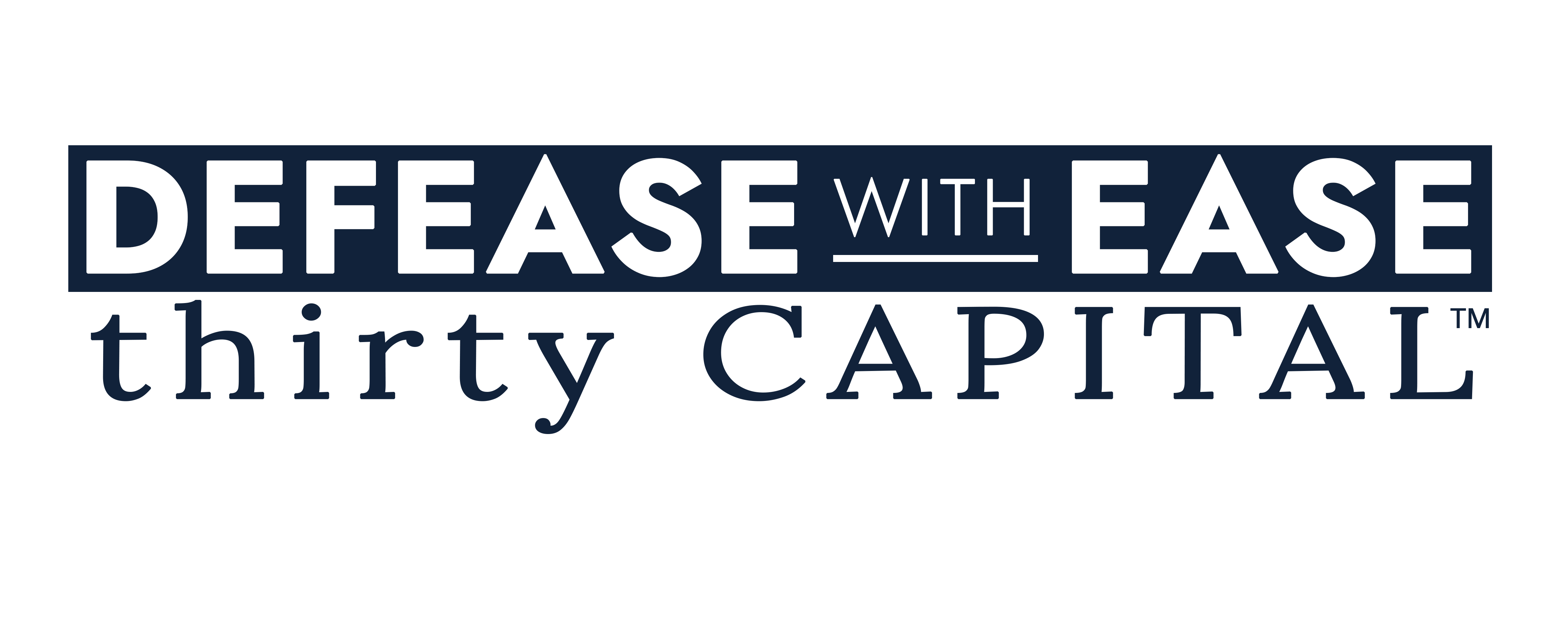Commercial real estate (CRE) owners and operators face a persistent question in today’s fluctuating interest rate environment: Should I refinance now or wait? This isn’t just about locking in a lower rate—it’s about optimizing capital stack strategy, understanding risk exposure, and aligning debt with business goals amid ongoing market uncertainty. In 2025, the answer is rarely binary. Instead, it requires deep scenario modeling, forward curve analysis, and portfolio-level context.
This article explores the key variables behind the refinance decision, the risks of waiting, and how to build a strategy that protects both upside and downside.
Understanding the Current Environment
The refinance landscape in 2025 is shaped by three overlapping forces:
1. Sticky Inflation and Volatile Policy: While short-term rates have begun to trend downward, the pace and timing of further cuts remain uncertain. Meanwhile, long-term borrowing costs remain elevated as markets price in persistent inflation risk, driven by sustained increases in goods and services prices—often referred to as ‘sticky inflation’.
2. Lender Caution: Regional banks and non-bank lenders are tightening credit standards, requiring stronger debt service coverage ratios (DSCR) and lower leverage.
3. Asset Repricing: Cap rates have adjusted upward in many sectors, affecting loan-to-value ratios and available proceeds.
Together, these forces make timing the refinance window more difficult—and more important.
Modeling the Trade-Offs: Locking in Now vs. Waiting
The core tension in refinance strategy comes down to this: Do I lock in terms today, even if they’re not ideal, or wait for better market conditions?
Top debt advisors help clients evaluate this decision by modeling three dimensions: Forward Curve Scenarios, Loan Structure Impacts, and Capital Stack Considerations.
1. Forward Curve Scenarios
Using forward SOFR and U.S. Treasury yield curves, borrowers can see where the market expects rates to be in 3, 6, or 12 months. This provides a directional baseline, though it’s important to recognize that forward curves represent market expectations and not guaranteed outcomes.
Debt advisors overlay multiple rate paths to stress-test:
- Interest expense over time
- Impact on DSCR and cashflow
- Probability of qualifying for target proceeds
Debt advisors also consider how the borrower’s specific timeline intersects with forward rate expectations. For example, if a loan matures in Q3 and forward curves suggest a dip in rates in Q2, delaying may be feasible—but only with strong covenant coverage and prearranged lender flexibility.
2. Loan Structure Impacts
Common loan risk factors include interest-only (I/O) periods ending, tightening covenant tests, or looming maturity balloons. Delaying refinancing may increase the risk of breaching covenants or losing lender flexibility.
Refinancing proactively can:
- Reset loan terms under known conditions
- Secure flexibility (prepay options, extension rights)
- Avoid distressed refi during a liquidity crunch
A growing risk in 2025 is cap expiration. Cap costs have increased significantly over the last few years due to volatility. Missing the window to refinance before a cap expires can add significant hedging expense.
On-Demand Case Study: Proactively Managing an Expiring Rate Cap Prior to Maturity for Increased Savings.
3. Capital Stack Considerations
Waiting for lower rates may not help if the asset’s value has declined. A lower appraised value reduces loan-to-value (LTV) headroom, meaning borrowers may need to bring more equity to close a refinance.
Debt advisors help structure interim solutions like:
- Bridge-to-perm structures
- Cap-and-swap overlays
- Equity recycling or partial paydowns
They also model multiple stack scenarios: with vs. without mezzanine, with and without cash-out, and different loan-to-cost (LTC) thresholds.
Risks of Waiting: A Case Study Example
In a recent case study, a CRE owner delayed refinancing in anticipation of a rate cut. Instead, long-term rates rose, forcing the borrower into a loan with higher interest and tighter covenants—adding $118,000 in annual debt service.
The takeaway: Waiting can cost more than acting.
On-Demand Case Study: When Waiting Doesn’t Pay – A CRE Owner’s Lesson on Trying to Time the Market with a Maturing Loan.
Questions to Guide Your Refinance Timing
To determine the right timing, CRE owners and operators should ask:
- When does my I/O period end or my cap expire?
- How does my current DSCR perform under higher or lower rates?
- What does the forward curve suggest, and how confident am I in that forecast?
- What are my goals—maximizing cashflow, triggering the promote, or recapitalizing equity?
- Do I need flexibility or certainty right now?
Building a Refinance Readiness Strategy
The most effective CRE professionals treat refinancing as a strategic planning process, not a last-minute transaction. A refinance readiness strategy includes: 
- Active Loan Inventory Management: Maintain a real-time inventory of all outstanding loans—including terms, maturities, DSCR triggers, and prepay windows—so no exposure goes unmonitored. Visibility drives timing.
- Forward Curve-Informed Scenario Planning: Leverage the forward rate curve scenarios (see earlier section) to model refinancing outcomes under multiple paths. Focus on how projected rate shifts align or conflict with key loan events like cap expirations, I/O roll-offs, and maturities.
- Covenant & Risk Forecasting: Regularly forecast DSCR, LTV, and debt yield under varying NOI and rate environments. Early identification of covenant pressure gives you optionality—before lenders start asking questions.
- Cap & Swap Expiration Tracking: Build a proactive calendar to flag cap and swap maturities. Given today’s volatility, hedge renewal costs can escalate quickly if not managed in advance.
- Lender Engagement & Advisory Integration: Stay in front of lenders, not behind them. Early conversations, combined with regular check-ins from a dedicated debt advisor, lead to better flexibility, pricing, and execution when it’s time to transact.
Conclusion: Strategy is the Real Rate Advantage
Refinancing in 2025 isn’t just about finding the lowest rate, it’s about controlling outcomes. The most effective CRE owners and operators understand that timing, structure, and strategy carry more weight than market guessing. By planning ahead, modeling across rate paths, and staying lender-ready, you shift from reacting to leading.
If you need help modeling scenarios, managing cap risk, or navigating lender conversations, our team is ready to support your refinance strategy with clarity and precision—get in touch today.




